In June 1943, a "new turret" entered the Tiger's production run. A number of changes and improvements to the turret had been planned and designed over the prior months, and for the sake of simplicity they were introduced together.
They included a few changes to the firing circuit. I present the changes in this article, which can only be understood in reference to the old turret's circuit.
Changes in the new turret
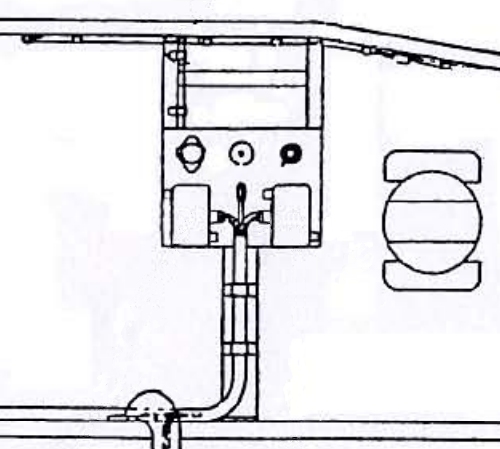
The backup battery, a feature of Panzers since before the war, was eliminated from the "new turret" (this change was likely propagated back to some existing "old turrets"). The turret circuit board now looked like this, and the trigger circuit wire no longer made a detour to visit it. [1, see Bild 61]
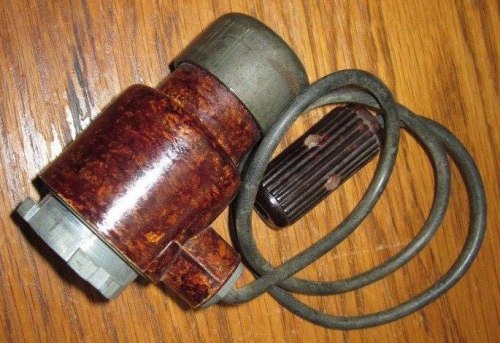
The replacement for the backup battery - across the whole range of German AFVs - was this inductive switch. Hitting this large switch would cause a magnet within it to generate current in a coiled wire. The resulting impulse would (hopefully) be sufficient to trigger a round.
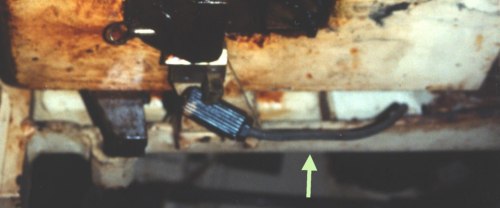
You will recognise that the new switch has a cable ending in a "push connector". It was easy to detach the standard trigger lead (arrowed) under the recoil guard and attach the new switch's cable. But note that the place of attachment is not visible to the gunner, he must practice doing this by feel alone.
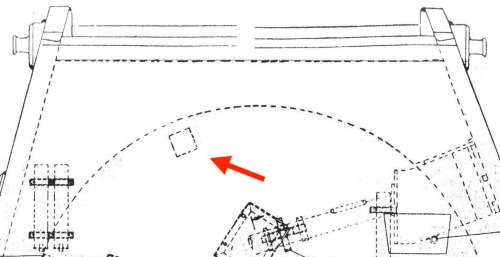
In the Tiger, this new switch was attached to the turret ring cowling, directly ahead of the gunner. It is marked on this plan sketch of the Tiger's turret. [1, see Bild 58]
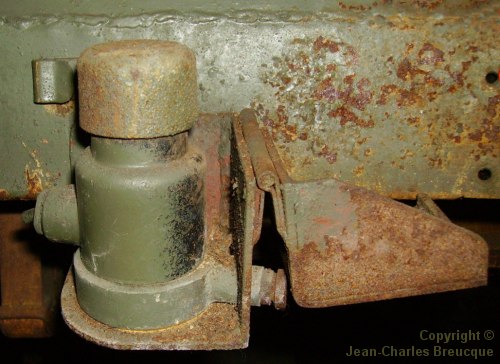
This is the inductive switch in the Saumur museum's Tiger. This tank has unfortunately been sprayed with green paint. The switch has a housing with a lid to prevent accidental firing, but of course its cable is normally not connected to the gun anyway.
The "new turret" had one more change that affected the firing circuit. The structural transverse beam under the gun was simplified. In order to keep the elevation wheel and trigger exactly in their original places, they were mounted on a protruding arm.
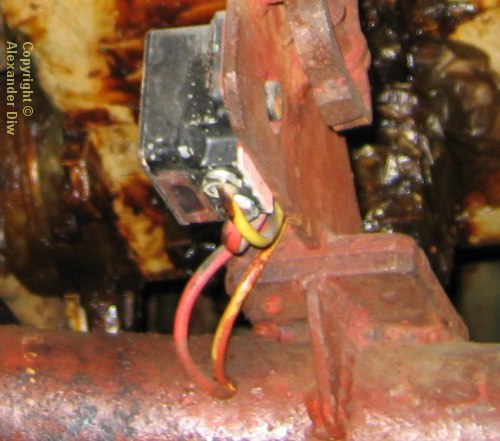
This is the inside of a Tiger with the "new turret". The trigger supply wire and signal wire run through the structural beam as before, and once again they emerge from a small hole to meet the trigger lamp, on its new support.
Simplifications to the new turret
Late in 1943, a program of rationalisation and simplification was forcing German industry to become more productive. Changes were made to the Tiger's design, causing the final "Mid" turrets to be simpler than the original ones.
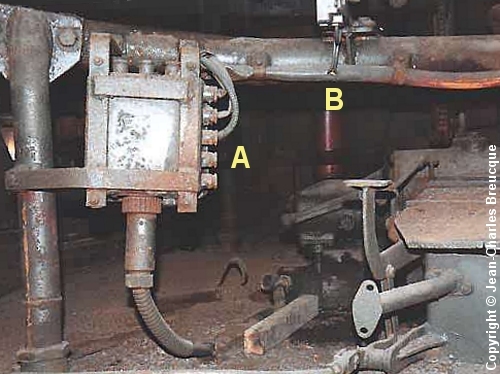
The turret junction box "Kasten 5c" was moved from the rear wall to the forward floor support leg [A]. Therefore the 12V supply wire for the firing circuit no longer had to run all the way around the left side of the turret. Its first destination, the trigger lamp [B], was nearby.
Wires were no longer placed inside the structural crossbeam; instead, they were put in a protective sleeve clipped to it. We can see the trigger wires emerging from the sleeve at [B]. The output wire then went to the turret ring as before. [2]
The remainder of the circuitry, as far as I know, was not changed.
[2] Survey of vehicle 251114, at Saumur, by Jean-Charles Breucque